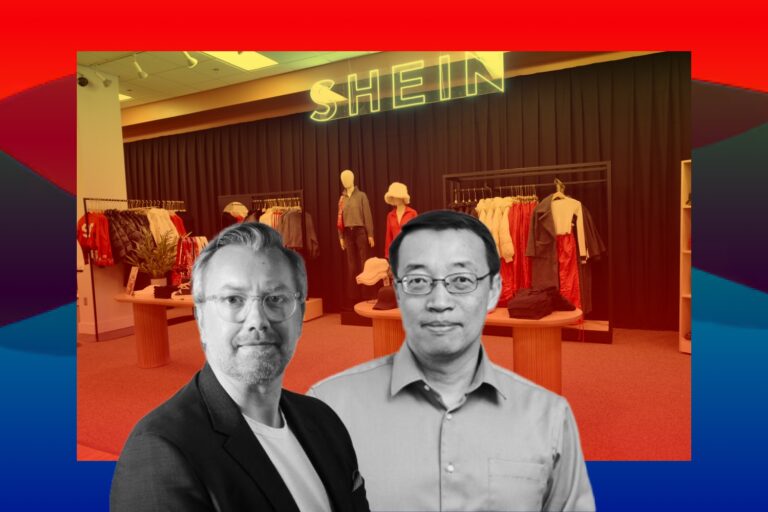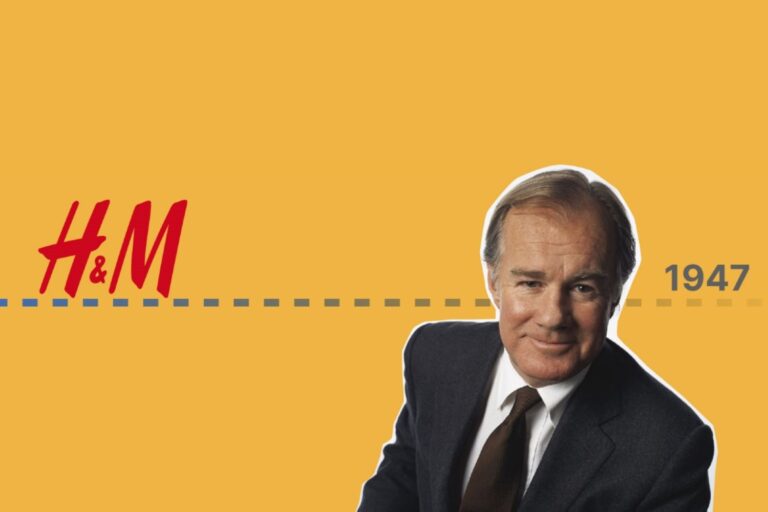How VF Corp. Successfully Lead Major Brands, The North Face, Vans in the Apparel Industry
Apparel powerhouse V.F corp believes it is well-positioned to emerge as a winner from the coronavirus pandemic – with an increased consumer focus on the outdoors, health and wellbeing sustainability and casual lifestyle set to boost its activity -based lifestyle brands.
#1. Leveraging Emerging Trends Accelerated by COVID-19 Pandemic to Level Up
“None of us knows exactly how the OCIVD-19 outbreak will change our world, but we are already beginning to see signs of what’s to come,” said by Steve Rendle, Chairman, President and CEO of V.F corp.
Among VF’s businesses, The North Face is seeing purchases of tents and sleeping bags expand at a higher rate. V.F corp observed how many customers are sharing their experiences, whether camping or cooking in the backyard, on social media, as they adjust to the “new normal” created by the pandemic, and really trying to generate some new excitement in the stay-at-home environment.
Interestingly, as states and countries begin to reopen, visits to national parks and outside areas are seeing an uptick in a further sign of outdoors fresh appeal.
The health crisis has also drawn attention to personal health and a number of VF’s active brands, including The North Face, Timberland, Smartwool and Icebreaker, are very well-positioned around the health and well-being message. Many individuals as part of that are making a deeper commitment to running and that is particularly evident in the traction being seen by Altra, acquired in June 2018. Besides, Altra business, though small, is really at a front end of that uptick.”
With people increasingly working from home, the casual lifestyle trend has likewise been augmented and all VF’s brands address casualization to some degree. Rendle particularly called out the casual lifestyle opportunity for the company’s merino wool brands – Smartwool and Icebreaker – as well as Vans. He said Vans has become known for “bringing some fun, bringing some creativity to your everyday life in a very casual approach.”
Overall, Rendle said the strengthening trends support the shift VF has taken over the last three years to reshape its portfolio and position the company around the “total addressable market of outdoor, active and athleisure” as well as work lifestyle, led by Dickie’s.
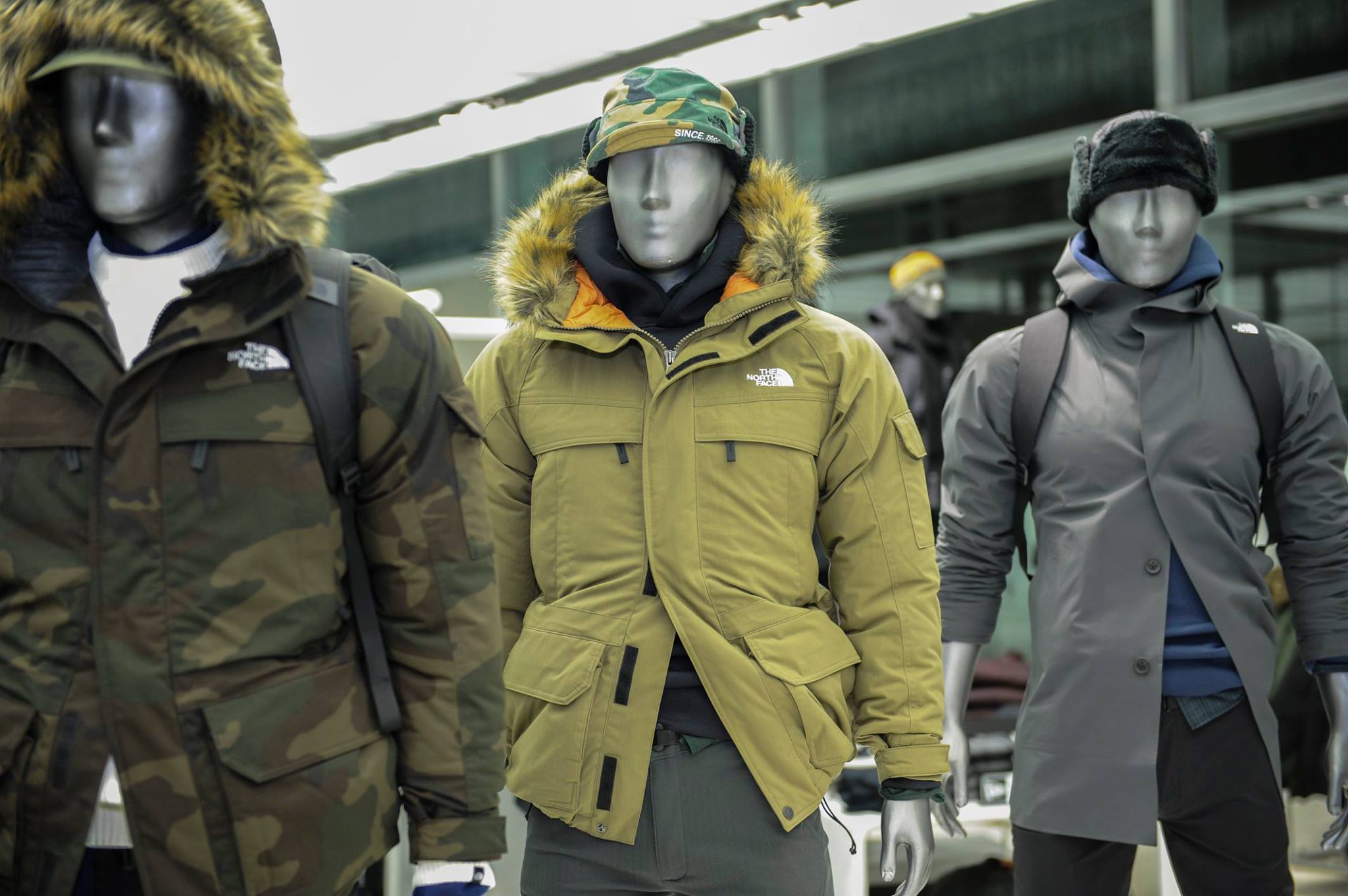
“We’re now in a place in the marketplace with good tailwinds and a deep commitment to being purposeful-led and performance-driven, enabling us to be positioned well and be well suited to accelerate as everything comes back to a new normal.” articulated by Rendle.
Rendle spent time discussing the payback from that strategy shift that has an overall focus on “being more consumer-minded, retail-centric and hyper-digital in everything that we do.”
The moves include increased investments behind digital-commerce and “mobile-first thinking,” informed by consumer data. And all of this is very much positioning V.F corp to navigate a difficult marketplace where digital is becoming the primary touchpoint in understanding the consumer and how to become a more personalized provider of messaging and content.
Indeed, V.F corp said the company’s pivot toward digital over the last few months has been less about increasing transactions and more about driving engagement and building affinity. Rendle said, “And really putting empathy first, and engaging consumers where they are and trying to bring some fun and some energy into what a difficult transition is to work and stay at home. And we’ve seen your very strong engagement across each of our brands.”
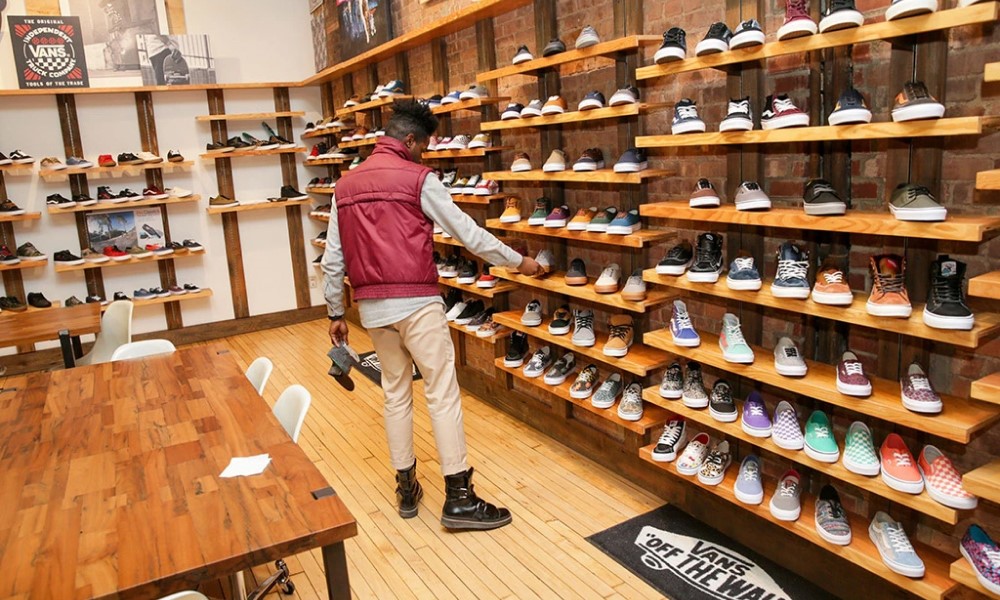
As an example, he pointed to the Vans Shoe Box Challenge, which he described as an “off-the-cuff idea” that encourages fans to “put forward their best creation” using a Vans shoe box. He said Vans saw great engagement with shares across social media and the overall scheme was in line with Vans’ “Creative Self-Expression” mantra and the notion of “bringing some fun to what a challenging day is.”
The shift also included a greater focus on building “purpose-led” brands built not only around sustainability for the planet and empowering active lifestyles for people but also supporting and connecting with communities.
The purpose-led focus also involves “being really forthright with what our purpose stands for,” with Vans being positioned around “Creative Self-Expression,” The North Face being about “Enabling Exploration,” and Dixies around “Supporting And Building The Independent Makers.”
“Consumers are looking for and demanding that brands stand up and act, consistent with what they said they will do,” said Rendle. “And as they do that, you’re building much greater loyalty and long-term affinity.”
But Rendle said the “purpose-led” focus was something VF’s employees were asking for. Rendle said, “It’s not so much what we do but why do we do it. What’s the impact that we can have beyond just delivering strong revenue and earnings.”
Steps included not furloughing its retail teams as stores were closed and supporting its warehouse staff with hazard pay and in creating safer working environments. Rendle said VF recently saw a “dramatic jump” in its employee Net Promoter Score. Said Rendle, “They’re giving us high credit for our people-first approach, and really, maintaining that commitment and positioning our employees to help us emerge even stronger.”
#2. Embracing Digital Business Transformation to Hit the Revenue
V.F corp. reported results for the first quarter ended June 30 that were significantly sidetracked by COVID-19 but still ahead of internal expectations due to strength in international and digital. Indeed, the highlight of the challenging quarter was the widespread digital momentum that drove both sales and consumer engagement.
Rendle said that while the COVID-19 pandemic has presented unprecedented challenges and disruption, it is also presenting opportunities to accelerate VF’s hyper-digital business model transformation.
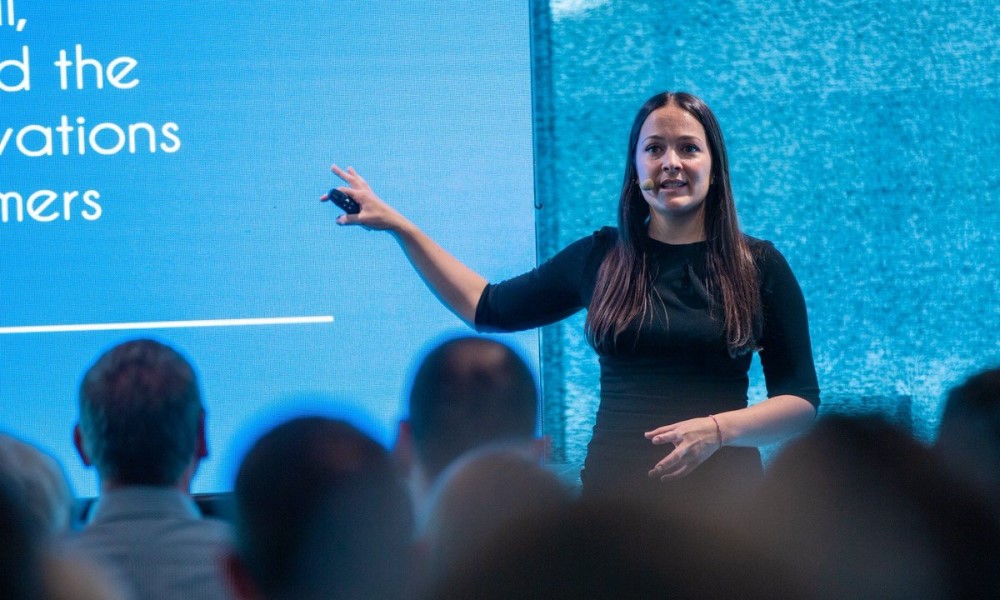
VF’s own digital sales vaulted 81 percent on a currency-neutral basis in the first quarter, led by 115 percent growth in the Americas region and nearly 90 percent growth across its big four brands: Vans, The North Face, Timberland, and Dickies.
“As a result of these strong performances, we expect growth in digital of more than 40 percent for the year and coupled with our pure-play digital wholesale business, we expect our digital penetration to be more than 25 percent of fiscal 21 revenue,” said Rendle.
Digital is being supported by the roll-out of BOPIS (buy online, pick up) and ship-from-store capabilities this past quarter in the vast majority of stores in the U.S., but also from heightened engagement online.
Among the digital engagement highlights:
- Eight million new consumers interacted with VF’s brands on Tmall.
- The North Face’s new digital consumers were up 274 percent in the quarter.
- Vans Family loyalty program reached over 12 million members generating a 35 percent higher spend versus non-members; and
- Dickies new digital consumers were up 25 percent in the quarter.
Rendle noted that while VF is “encouraged by the trends in our digital business in the early results,” the company is “early in our digital journey” and sees a “massive opportunity to invest and extend our digital advantage.”
Plans call for the digitization of VF’s entire value chain from design and manufacturing through distribution, better leveraging customer data to inform decisions and tapping digital to elevate product in-store storytelling. Rendle said, “We’ve accelerated our thinking and actions around our digital initiatives in response to the current environment. We know that with our powerful brand portfolio, strengthening our digital enterprise capabilities will fuel accelerated sustainable growth and returns as we emerge from this crisis.”
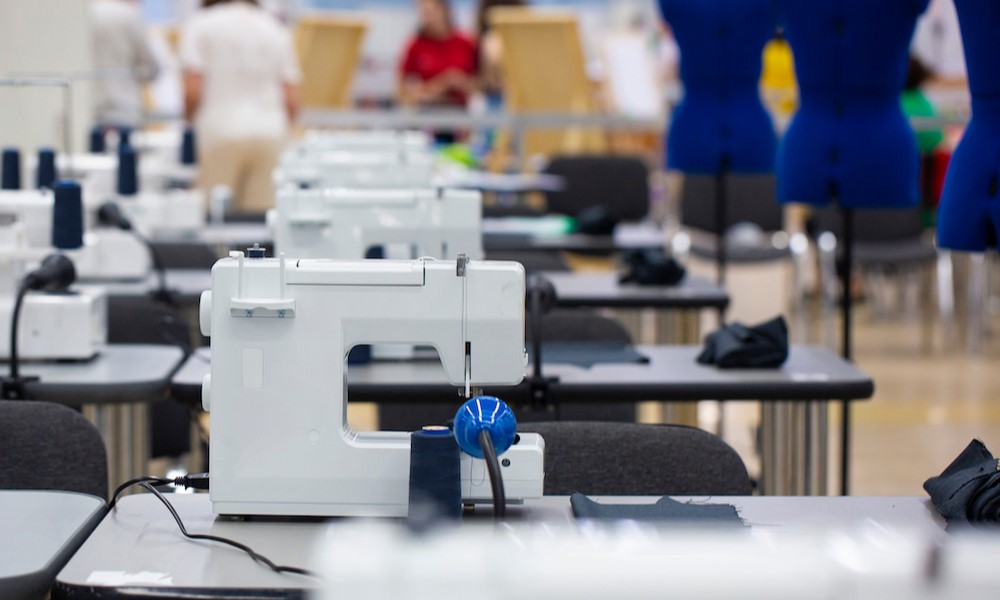
Regarding current business conditions, Rendle said the company is encouraged by the “improving trend that has continued in July” despite some store re-closures in some parts of the U.S. In the short-term, VF expects another difficult period in the current second quarter with sales expected to be down less than 25 percent, in part due to the re-closures.
But Rendle is more encouraged in the longer term, believing changes in consumer behaviors being accelerated by the pandemic fit squarely into VF’s realignment a few years ago. He said, “Participation in outdoor activities and consumer interest in outdoor exploration is increasing. Health and wellness and the pursuit of a more active lifestyle are accelerating. Casualization is a trend likely to be a mainstay in the post-COVID-19 world. There is an elevated focus on environmental sustainability that will lead to a greater commitment to combating global climate change. And there are growing expectations for purpose-driven actions from brands to care for their local communities and address issues relevant to their consumers.”
He said these underlying trends have influenced VF’s portfolio decisions over the past several years and continue to guide its acquisition agenda. He said, “We believe the portfolio we have today sits at the epicenter of the trends just outlined and is poised to capitalize on these shifts. And our brands are uniquely positioned to not only benefit from these changes in consumer value systems but have the opportunity to drive and influence them.”
#3. Making a Change Aimed at Fueling Growth at Asia Pacific Region
VF Corporation is geared to huge growth in Greater China including Mainland China, Hong Kong SAR and Taiwan. The region currently accounts for about 65 per cent of the total company of VF in the Asia Pacific region and expects to rise to nearly 80 per cent by the fiscal year 2024. Asia Pacific company has been a key growth engine for VF in recent years – owner of renowned brands such as Buses, The North Face, Timberland and Dickies.
The company’s Asia Pacific business is gaining from improved store traffic as all retail stores reopened after a brief period of store closures due to the coronavirus pandemic. Also, digital revenues at the APAC region rose 19% on the back of more than 20% growth in China, led by brand strength, particularly in Vans and Dickies.
The company has announced organizational changes to accelerate and strengthen its business strategy in the Asia Pacific region to achieve this growth. By creating President Greater China’s new position, the company is leaning even further into the many opportunities it sees in this fast-moving, digitally driven marketplace to elevate its business and brands. It is hoping to announce an appointment later this summer.


